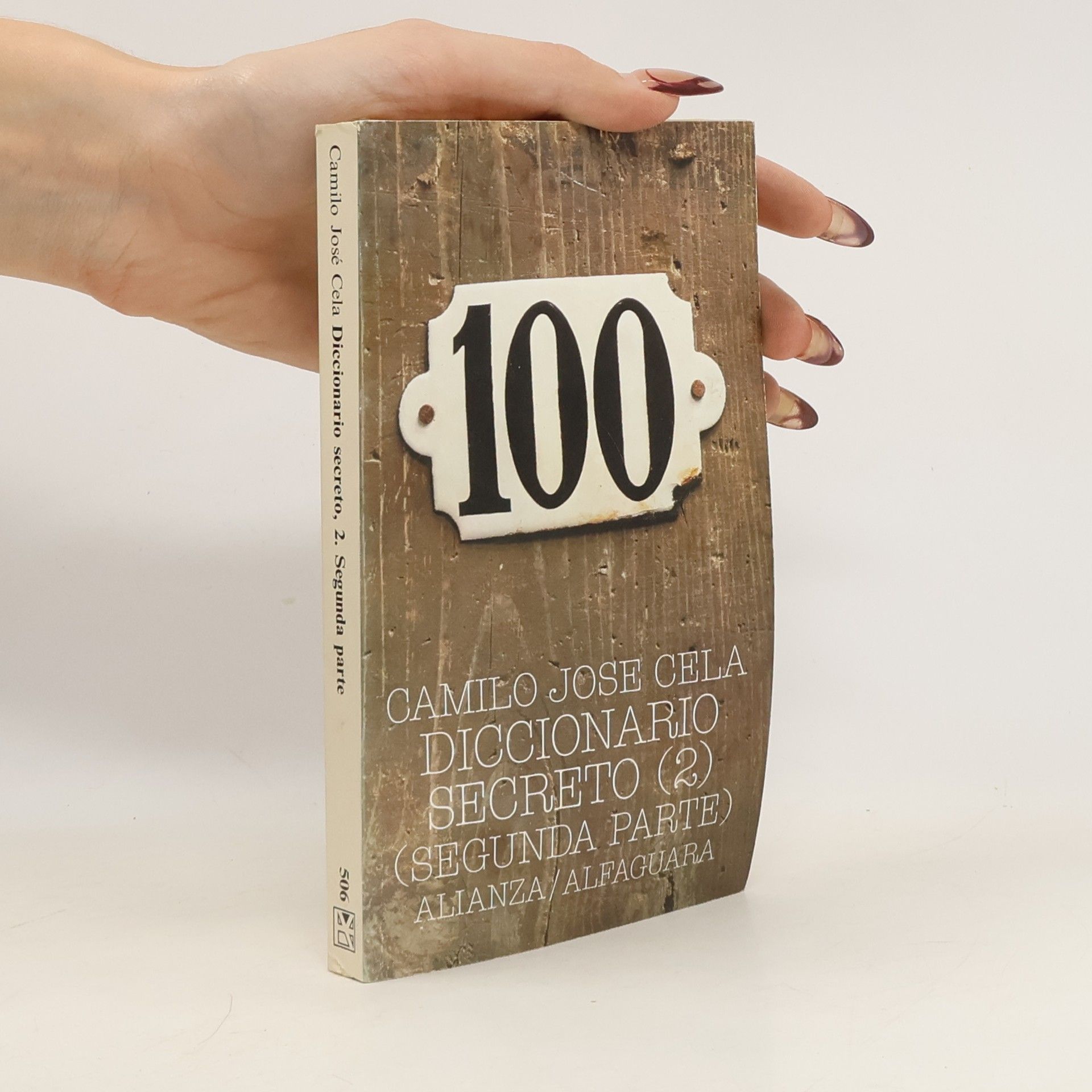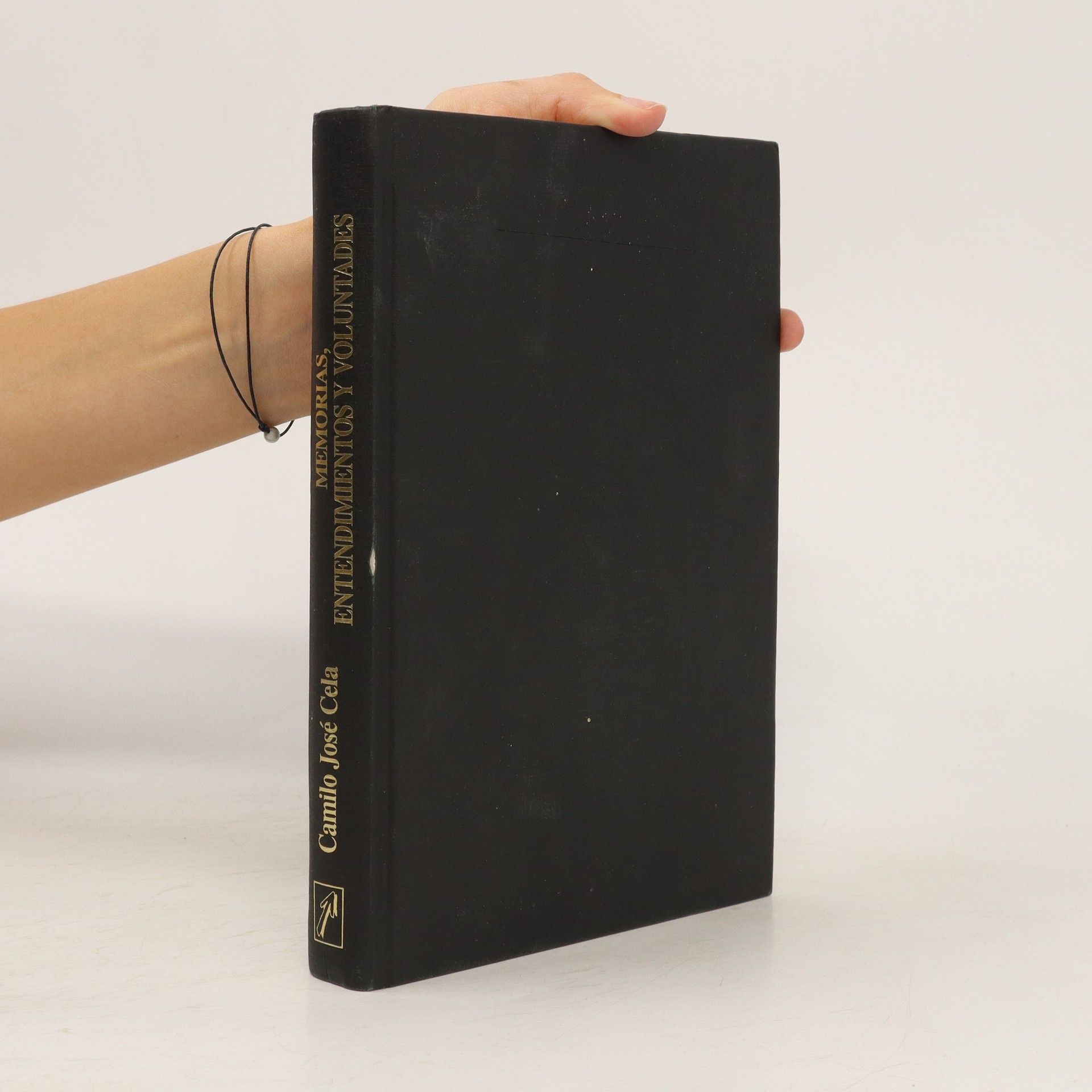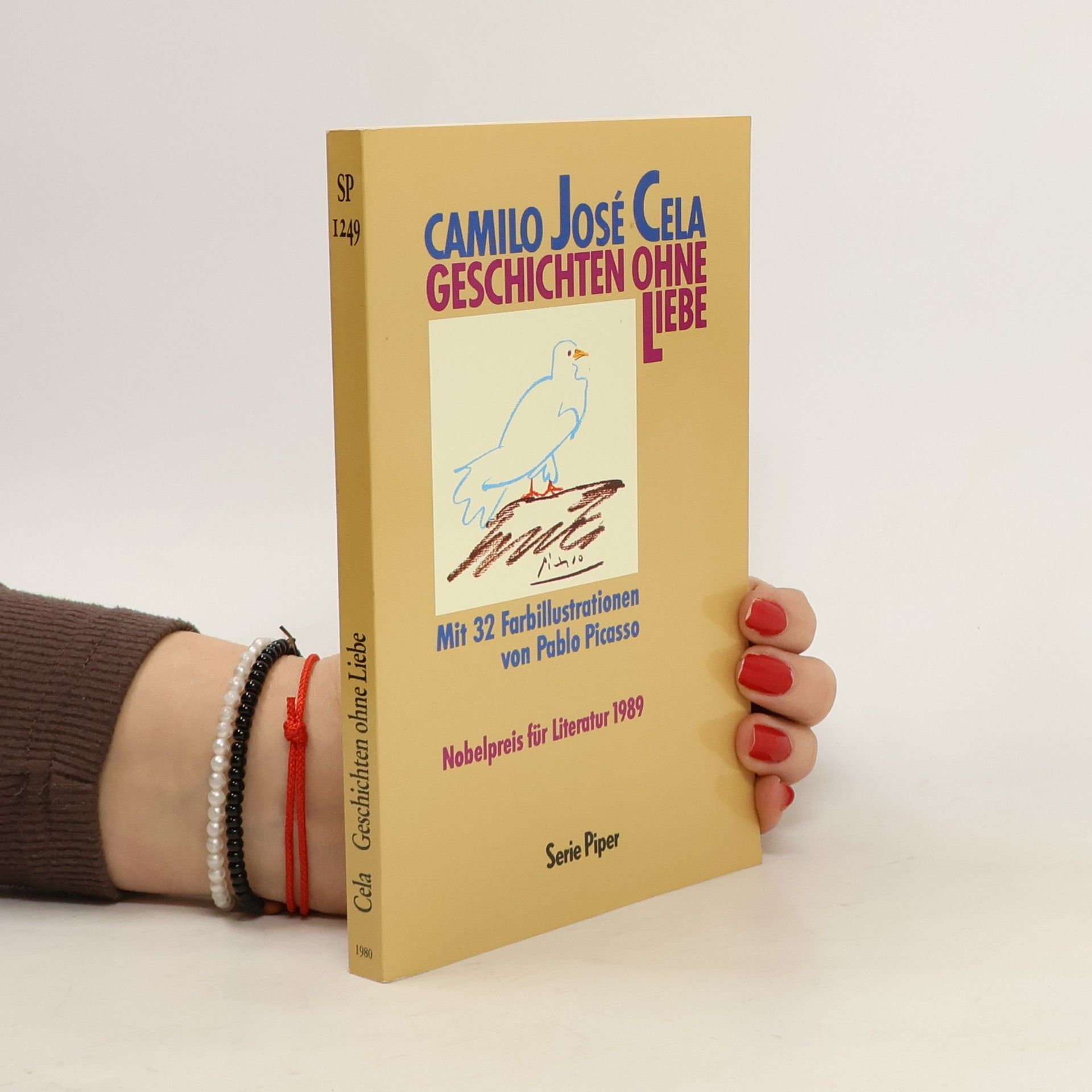Camilo José Cela Libri
Camilo José Cela è celebrato per la sua prosa ricca e intensa che, con compassione trattenuta, forma una visione stimolante della vulnerabilità umana. La sua scrittura si distingue per uno stile avvincente e profonde intuizioni sulla condizione umana. Cela approfondisce le complessità della vita con un'onestà inflessibile. La sua eredità letteraria è segnata dalla sua capacità di coinvolgere i lettori attraverso narrazioni avvincenti e una visione del mondo provocatoria.




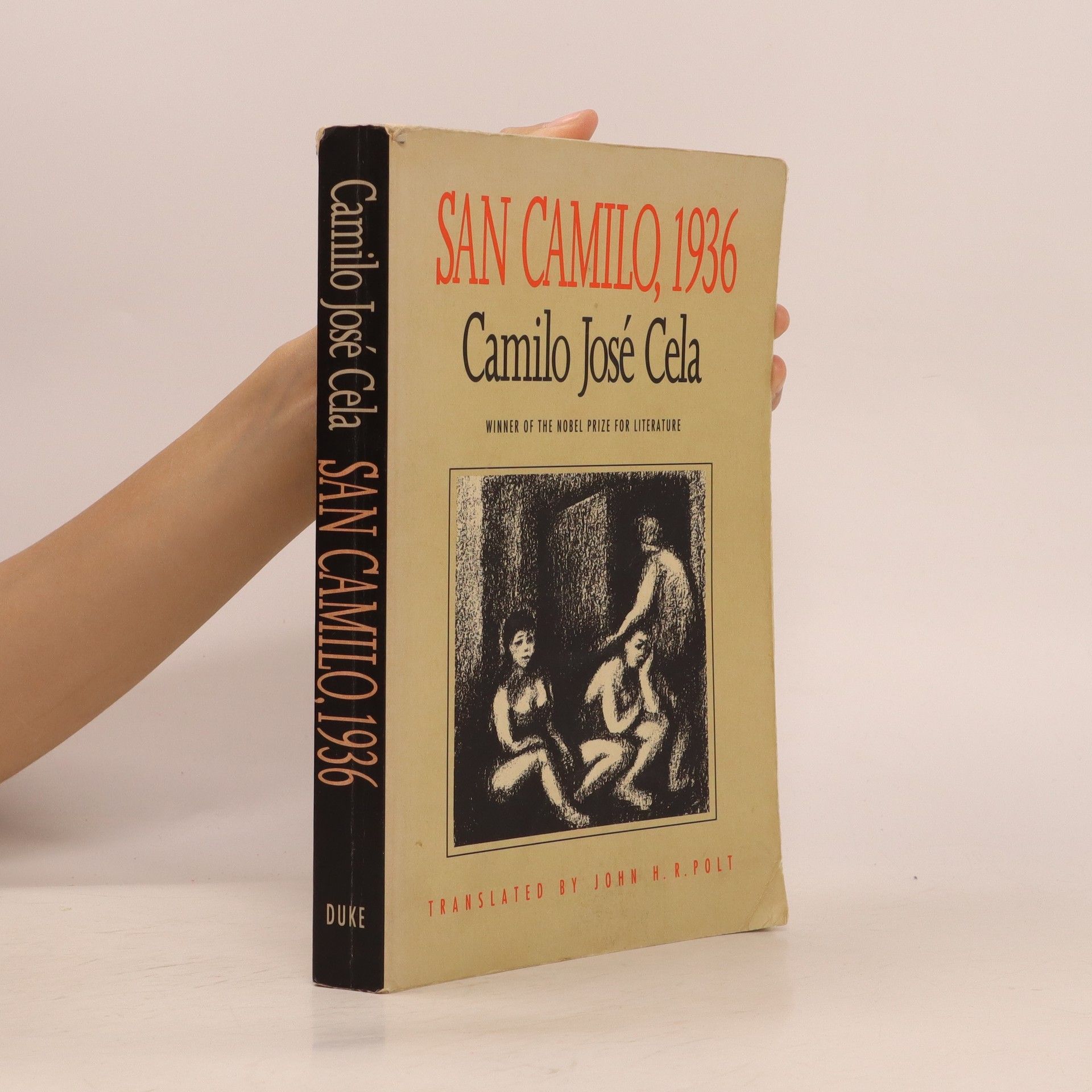

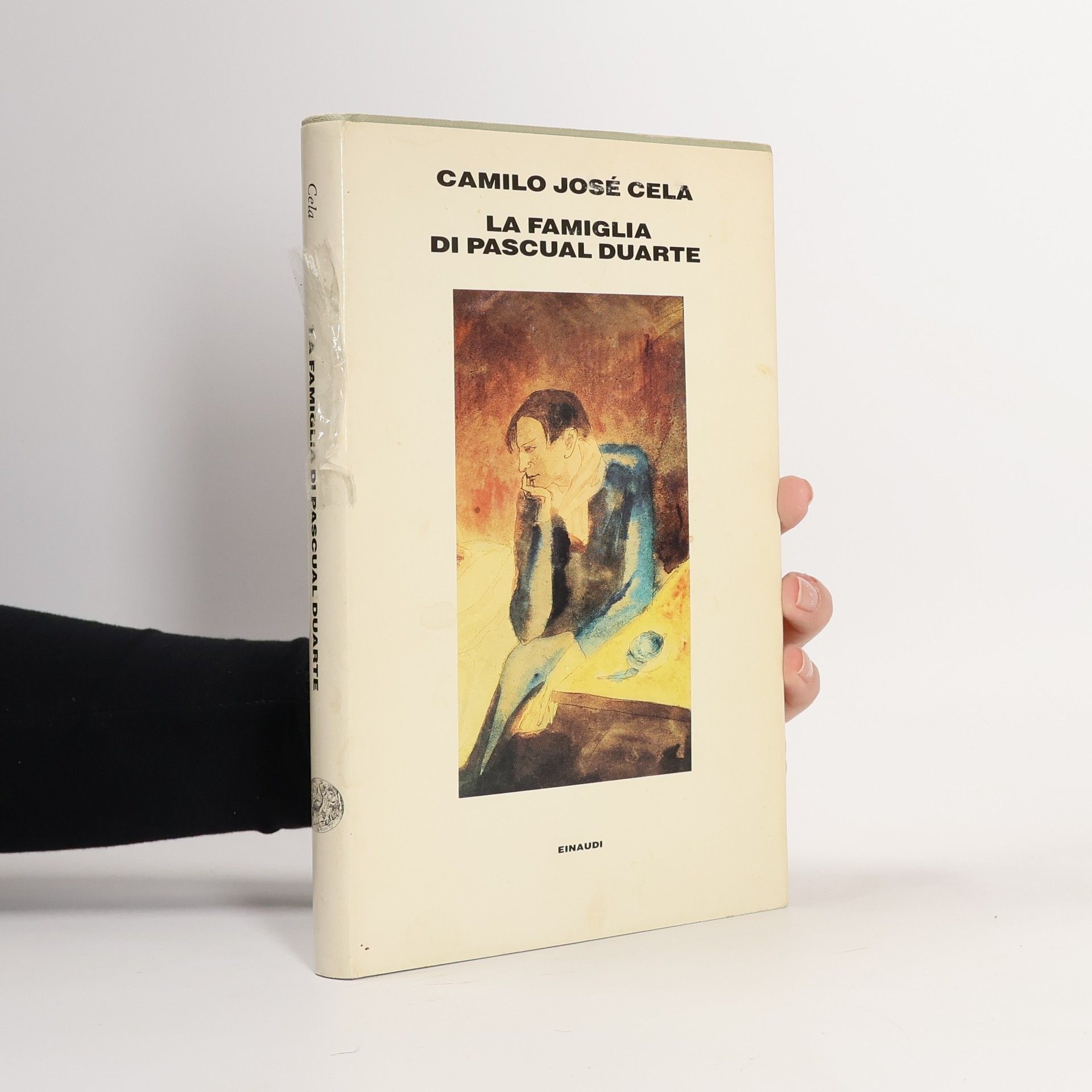
Mazurka for Two Dead Men
- 320pagine
- 12 ore di lettura
Mazurka for Two Dead Men, the culmination of Camilo José Cela's literary art, opens in 1936 at the beginning of the Spanish Civil War: Lionheart Gamuzo is savagely murdered. In 1939, as the war ends, his brother avenges his death. For both deaths, the blind accordion player Gaudencio plays the same mazurka. Set in backward rural Galicia, Cela's excellent novel portrays a reign of fools, and works like contrapuntal music, its themes calling and responding, alternately brutal, melancholy, funny, lyrical, and coarse.
The narrator, twenty years old, faces the dangers, hardships, and uncertainty of the Spanish Civil War
Complete and uncensored in English for the very first time, a fragmented, daringly irreverent depiction of decadence and decay in Franco's Spain written by the 1989 winner of the Nobel Prize in Literature. The translator Anthony Kerrigan compared Camilo José Cela, the 1989 winner of the Nobel Prize in Literature, to Louis-Ferdinand Céline and Curzio Malaparte—all “ferocious writers, truculent, badly spoken, even foulmouthed.” However provocative and disturbing, Cela’s novels are also flat-out dazzling, their sentences as rigorous as they are riotous, lodging like knives in the reader’s mind. Cela called himself a proponent of “uglyism,” of “nothingism.” But he has the knack, to quote another critic, Américo Castro, of deploying those “nothings and lacks” to construct beauty. The Hive is set over the course of a few days in the Madrid of 1943, not long after the end of the Spanish Civil War, when the regime of General Francisco Franco was at its most oppressive. The book includes more than three hundred characters whose comings and goings it tracks to hypnotic effect. Scabrous, scandalous, and profane, The Hive is a virtuosic group portrait of a wounded and sick society.
Boxwood: Novel
- 211pagine
- 8 ore di lettura
Exploring the rich tapestry of Galicia, Spain, the narrative weaves together folklore, traditions, and superstitions, creating a vivid portrait of the region's culture. It delves into the interplay between nature's beauty and cruelty, featuring themes of maritime disasters and the supernatural, including priests, witches, and ghosts. The prose is infused with autobiographical elements and offers a unique perspective on religion and identity, as seen through imaginative musings on the Holy Ghost's possible forms.
El asesinato del perdedor
- 238pagine
- 9 ore di lettura
Historia de un joven que se ahorco desesperado ante el acoso de una sociedad represiva y hostil, El asesinato del perdedor ?primera de las novelas escritas por Cela después de obtener el Premio Nobel de Literatura? constituye el nuevo e insuperable retrato de una España negra que todavía pervive.
Camilo José Cela emprende con este Diccionario secreto la necesaria y urgente tarea de rescate y conservación del lenguaje vivo destinado a recoger las voces que ostentan una filiación venérea, directa o indirecta, expresa o tácita. El tomo I reúne las pertenecientes a las «series Coleo y afines», mientras que el tomo II, agrupa las relacionadas con las «series Pis y afines».
En este libro Cela se lanza al camino para recorrer la histórica y tradicional Castilla la Vieja, recreándose en el paisaje y el paisanaje, en el habla popular, en sus decires y coplas, en sus historias cotidianas, en sus perspectivas vitales, en los pequeños accidentes geográficos y en la historia.
Heiter-phantastische Liebesgeschichten von Literaturnobelpreisträger Camilo José Cela »Wenn ein Mann weiß, dass er lügt, lügt er mit großer Freude« 22 Geschichten über Frauen und Männer, zwischen leichtfüßig-ironisch und melancholisch changierend. Mythen, Legenden und Märchen werden auf höchstem sprachlichen Niveau erzählt.
